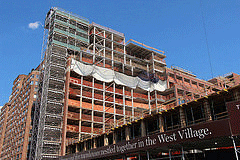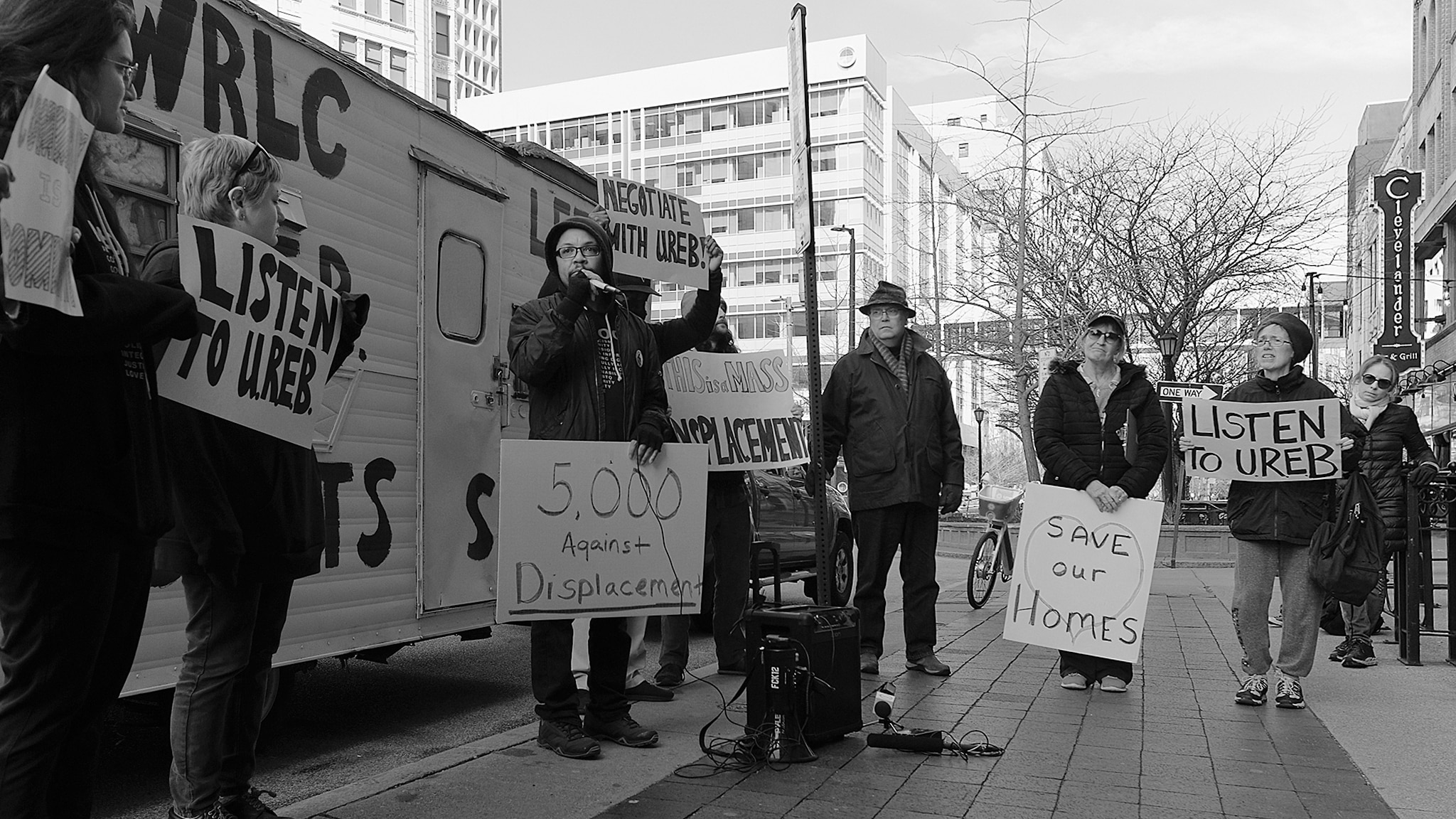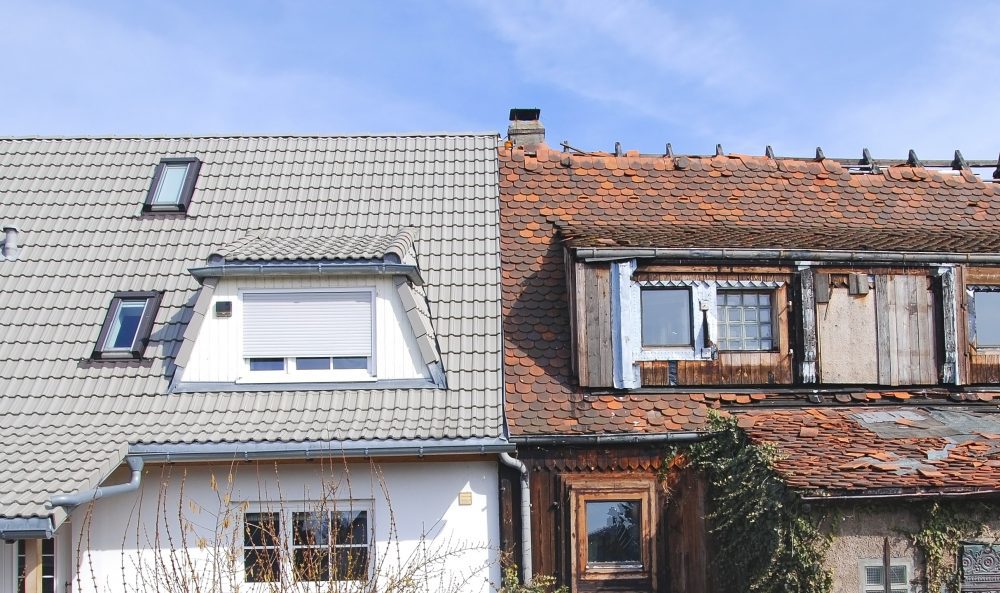
Some people are arguing that limits on development—whether it's density restrictions like Washington, D.C.'s height limits, or the kinds of geographical, historical, or quality of life restrictions present in places where liberals tend to congregate, as The Atlantic surmises—are a primary culprit. This is, I think, a tricky argument for many community developers to relate to.
On the one hand, we recognize that zoning—especially exclusionary zoning that keeps out multifamily buildings, requires large lots, or discriminates against families—is indeed part of the problem, especially in job-rich areas. Other items, like over-generous parking requirements, also weigh in.
On the other hand, community developers are often concerned with more than just total number of housing units, and in fact are frequently exhorted to be so. As community planners and advocates, community developers often find that the residents of impoverished communities want many of the same kinds of restrictions—protection of their historic architecture and existing feel of the streets, not a huge increase in density, and high-quality, safe construction with basic standards of decency—that more well-off communities impose.
On a third hand (because who has just two hands anyway, when it comes to a topic this complicated?) the idea that supply and demand works straightforwardly in a given housing market is far from accurate.
Housing is location-specific, so there are always limits on how much you can build. Even if you do build to super high densities you have changed the product you are offering, and there are so many super-rich in the world that in some places, all the extra apartments just go to them anyway for pied-a-tierres or investments. (By the way, I think the idea to tax those apartments specifically is brilliant.) Housing is not like widgets. Just because a supersprawling Houston is more affordable than New York doesn't mean New York should try to emulate Houston—or could.
In fact, in many overheated markets, as this article critiquing New York Mayor Bill DeBlasio's inclusionary zoning plan points out, there is such a pent up demand that adding large amounts of market-rate units won't open up affordable units at all—on the contrary it will likely drive up rent pressures in the surrounding buildings as well. (Ditto for removing rent control.)
This is why housing advocates would strongly prefer an across-the-board mandatory inclusionary housing requirement in a place like New York, rather than one tied to upzoning and bonuses. They point out that we still need some kind of inclusionary requirement; there isn't enough city-controlled buildable land to get the number of affordable units needed that way.
Regulations aren't all good or all bad—but we always need to look at their actual consequences.
Somerville, Mass., appears to be a place to watch when it comes to all these questions. A diverse (and liberal) and already a fairly high-density city in the very unaffordable Boston area, it is primed for a wave of new development and in-migration as a new train line is built. But Somerville hasn't been waiting around idly for this change. Somerville Community Corporation has been actively organizing the city around ideas of inclusion and development without displacement, and it seems the main developer of the area around one of the new stations is on board, as described in this NextCity article.
Implementation will be everything of course, and the community benefits agreement has yet to be signed with the city, but at least they seem to have the advantage of some consensus on the goals. Let's keep an eye on them.
(Photo credit: Flickr user ShellyS, CC BY-NC-SA 2.0)





Comments